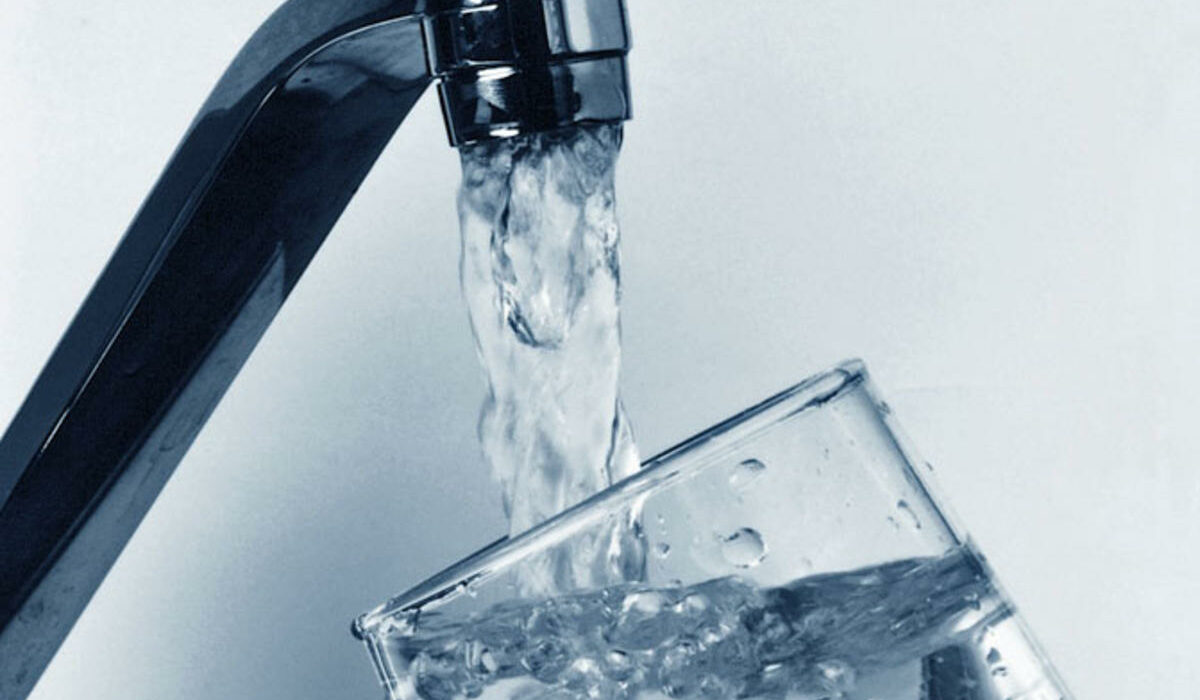According to the new research paper “Drinking Water Supply and Sanitation in Central Asia” released by the Eurasian Development Bank (EDB), almost 10 million people, or 14% of the population, have poor access to safe drinking water in Central Asia. Water withdrawals for drinking and domestic uses increased twofold to reach 8.6 km3 between 1994 and 2020, yet investments in drinking water supply infrastructure were inadequate to match that consumption growth. As a result, water and sanitation equipment wear and tear in the region is extremely high, reaching 80% according to some estimates. Physical and commercial water losses in distribution networks can be as high as 55%.
According to the EDB research paper, the scope of financial support for water and sanitation sector development plans and programs adopted in Central Asia is clearly insufficient. Between 2025 and 2030 the region is facing a deficit of more than $12 billion, or about $2 billion per year.
The largest financing shortfall among the countries of the region is expected to occur in Uzbekistan: $826 million per year, or almost $5 billion in 2025–2030. A large financing shortfall is also projected for Kazakhstan at $700 million per year, or $4.2 billion in 2025–2030. In Tajikistan, the financing shortfall will also be significant given the size of the country’s economy, reaching $209 million per year, or more than $1.2 billion in 2025–2030.
The Central Asian countries need to raise financing for their water and sanitation sector. The EDB paper describes three solutions that could help to raise the required investment capital.
First, the funding gap can be reduced by attracting financing from international financial institutions (IFIs), multilateral development banks, and development agencies. At this time, the water and sanitation sector in Central Asia accounts for only 6% of total IFI-approved sovereign funding provided to the CA countries, with 147 projects valued at $4 billion (out of a total of $67.5 billion) completed in 2008–2023. However, as the sector’s investment appeal improves, IFIs may resolve to become more actively involved in its financing. The potential of the corporate financing segment can also become significant with the emergence of a new favourable institutional environment and the arrival of private players.
Second, the CA water and sanitation sector needs private investments and large players. To attract them, it will be necessary not only to modify the ownership and governance structure, but also to create conditions conducive to effective development of market relations in that area. In the opinion of Evgeny Vinokurov, EDB Chief Economist, “the strengthening of public-private partnership institutions can be of great help. With PPPs active in the water sector, state and private structures will be able to cooperate in a more productive fashion. Expansion of the water sector services market will boost competitiveness and improve the operating efficiency of individual companies. The presence of strong PPP institutions is likely to encourage private operators to join water sector projects. The advent of private players will help the CA countries to attract investments and gain access to innovations, technologies, and experience required to modernise the sector.”
Third, improving the tariff system is becoming increasingly compelling. With current water tariffs in the region being extremely low, the CA countries can partially hike them to improve the financial sustainability of water and sanitation companies. This will stimulate investments in the development of infrastructure and improve the quality of services. The CA countries can also delegate their tariff approval and review functions to the companies operating in the sector, with control functions vested in local government bodies or independent regulatory bodies. International best practices indicate that it is important for water and sanitation companies to retain state support in the form of subsidies and soft loans, as well as to preserve targeted subsidies for low-income and socially disadvantaged groups of the population.
